In today’s digital landscape, balancing SEO (Search Engine Optimization) and design is essential for creating engaging and high-performing websites. Too often, businesses focus solely on keywords and search engine rankings, neglecting the importance of user experience (UX) and aesthetics. The key challenge is achieving SEO goals without sacrificing the visual appeal of your site. This article will outline strategies to create SEO-friendly content while maintaining a sleek, user-friendly design.
1. Design and SEO: Why They Matter Together
SEO and design serve different purposes but are equally important. SEO focuses on improving search engine rankings by optimizing content with keywords, meta tags, and backlinks. On the other hand, design emphasizes user engagement, branding, and navigation. While SEO helps drive traffic to your site, design keeps visitors engaged and guides them through the customer journey.
A well-designed website with optimized content has a better chance of ranking high and converting visitors into customers. Striking the right balance between functionality and aesthetic appeal is key to long-term success.
2. Prioritize a Mobile-First, Responsive Design
A responsive, mobile-friendly website is crucial for both SEO and user experience. In 2024, Google’s mobile-first indexing will continue to prioritize websites that are optimized for mobile devices. A design that adjusts to different screen sizes not only helps SEO but also ensures that visitors can interact with your content seamlessly on any device.
Actionable Steps:
- Use a mobile-first design approach to ensure that content scales well on smaller screens.
- Test your website on different devices using Google’s Mobile-Friendly Test Tool.
- Optimize images and CSS for faster load times on mobile.
3. Use Header Tags Effectively
Header tags (H1, H2, H3) are crucial for both SEO and readability. They help search engines understand the structure of your content and allow users to easily scan through the information. A proper heading hierarchy not only boosts your SEO but also enhances the user experience by making your content more navigable.
For instance, your H1 tag should contain your main keyword and clearly describe the page’s topic. Subheadings (H2, H3, etc.) should break down the content into digestible sections, which is beneficial for SEO crawlers and human readers alike.
Actionable Steps:
- Use an H1 tag for the main title and include target keywords.
- Organize content with H2 and H3 subheadings to make it easy to read and scan.
- Avoid keyword stuffing in headings; instead, focus on clarity and relevance.
Suggested Image: An example of a web page with well-structured header tags.
4. Optimize for Site Speed Without Sacrificing Design Quality
Site speed is a critical factor for both SEO and user experience. A slow website can lead to high bounce rates and hurt your rankings. However, optimizing for speed doesn’t mean you have to strip down your website design. Instead, focus on techniques that maintain design quality while ensuring fast load times.
Actionable Steps:
- Compress images without losing quality using tools like TinyPNG or ImageOptim.
- Use lazy loading for images and videos to improve initial load times.
- Minimize CSS and JavaScript files to enhance performance.
5. Craft SEO-Friendly Content that Looks Great
Creating SEO-optimized content doesn’t mean you have to sacrifice design. The key is to make sure your content is well-structured and uses keywords naturally. Integrating keywords into headers, meta descriptions, and body text while maintaining a clean layout can significantly boost your SEO without compromising the user experience.
You can also use visual content like images, infographics, and videos to break up text-heavy pages. Search engines value content that is engaging, so integrating visuals and multimedia can enhance your SEO while making the page visually appealing.
Actionable Steps:
- Use keywords in a natural and conversational tone throughout your content.
- Create well-designed calls-to-action (CTAs) that are visually prominent but don’t disrupt the content flow.
- Incorporate high-quality images or videos to enhance the reader experience and reduce bounce rates.
Suggested Image: A well-designed blog post with highlighted keywords and a balanced text-to-image ratio.
6. Utilize Alt Text for Images
Search engines can’t “see” images, but they can read alt text. Adding relevant, keyword-rich alt text to your images helps improve SEO and ensures accessibility for users with visual impairments. Alt text is particularly helpful for image-heavy websites, such as those in the design industry, as it makes the site both SEO- and user-friendly.
Actionable Steps:
- Include descriptive alt text for all images, using keywords where relevant.
- Ensure the alt text adds value by describing the image in context to the page content.
- Use a clean, minimal design for product pages, where visual content is key, and ensure fast image loading.
Suggested Image: A visual example of how alt text is added to images in HTML code.
7. Don’t Neglect Internal Linking
Internal linking not only helps with SEO but also improves user navigation by guiding visitors through your content. Use internal links to keep users engaged with relevant pages on your site and distribute link equity across important landing pages.
Ensure that internal links are incorporated naturally within your content. Avoid using too many in one article, as it can disrupt the flow of information. Well-placed links, however, can improve both your SEO and user engagement by encouraging longer visits to your site.
Actionable Steps:
- Link to relevant blog posts, product pages, and case studies within your website.
- Use descriptive anchor text that includes keywords when linking internally.
- Create cornerstone content that is internally linked across multiple pages.
Conclusion
Balancing SEO with a clean, user-friendly design is crucial for the success of your website. By focusing on responsive design, site speed, and SEO-friendly content, you can enhance both your website’s search rankings and user experience. Small tweaks like adding alt text to images, optimizing header tags, and creating internal links can make a big difference without compromising design quality.


